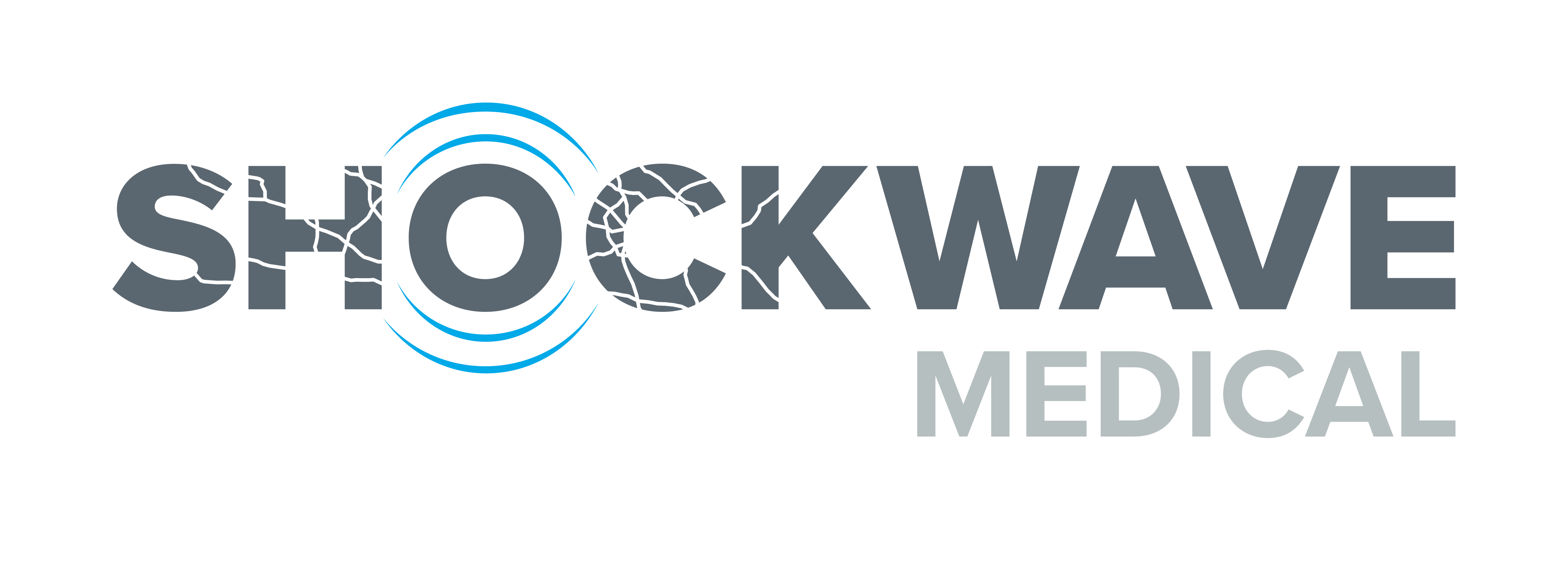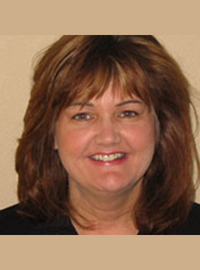Intravascular Lithotripsy: Hospital, ASC, and Physician Coding and Billing Review
Listen in to this educational webinar and take the CEU quiz to earn 1.0 AAPC CEU!
Gain a deeper understanding of how intravascular lithotripsy works and to code appropriately for both peripheral and coronary IVL procedures. We dig into coding and billing specifics for hospitals, ambulatory surgery centers and physicians—and also navigate transitional pass through (TPT) and New Technology Add-On Payment (NTAP). See what codes and updates have changed that your team should be implementing now.
This educational webinar is offered in cooperation with

Learn From Our Experts About:
- How coding for IVL differs from angioplasty and atherectomy
- What you need to know about HCPCS and ICD-10-PCS codes for peripheral IVL Above-the-Knee (ATK) and Below-the-Knee (BTK)
- How to navigate Transitional Pass Through (TPT) and New Technology Add-On Payment (NTAP) and how to determine the Total Hospital Amount for coronary IVL for your hospital
- What formulas ASC’s need to use to bill Medicare
- Tips to navigate physician payment with Category III CPT codes
Who Should Attend:
- Billers, Coders and Clinical Documentation Specialists
- Revenue Cycle and Finance Leaders
- Hospital and Health System C-Suite - COOs, CEOs, CFOs
- Chiefs/Directors of Interventional Cardiology and Cardiology
- Cardiovascular Service Line Directors
- Interventional Cardiologists
- Chiefs/Directors of Vascular Surgery
- Vascular Service Line Directors
- Vascular Surgeons
- Chiefs/Directors of Interventional Radiology
- Interventional Radiologists
- ASC CEOs, COOs, Administrators and Business Managers
Panel:
Sarang S. Mangalmurti, MD |
Eric Hoesing |
Julie Garfield |


